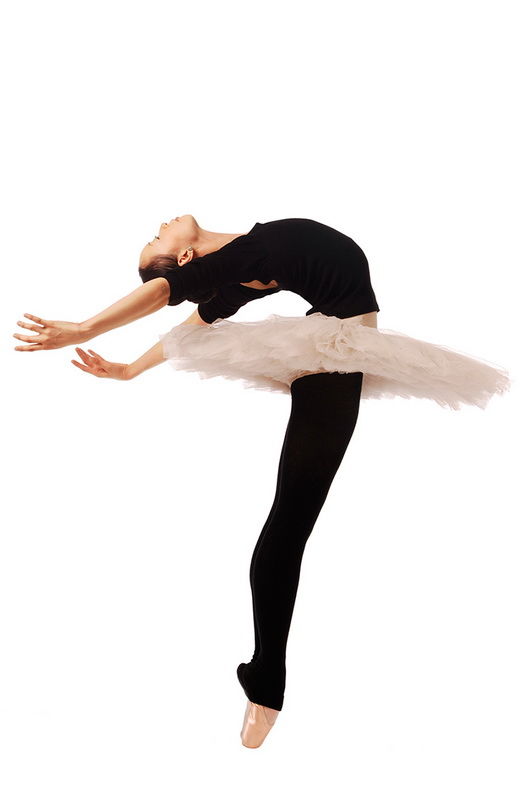Whether you’re just beginning on your ballet journey or you’re a serious professional, it makes sense to do conditioning exercises and/or cross-training to build your core strength and help prevent injuries – particularly if you’re wearing pointe shoes often.
Expanding your exercise regime can also improve your ballet dancing skills, building up your cardiovascular capacity to help you leap and pirouette more precisely or targeting muscles you might not often use in the studio, but that can support you to be more graceful on the dancefloor.
Here are five of the best conditioning exercises that are perfect for ballet dancers:
- Low impact cardio workouts. To be a successful ballet dancer you'll need superior cardiovascular endurance, but often studio practice doesn't give you enough cardio to boost your lung capacity. Try low impact cardio varieties like walking, swimming, the treadmill, stepper or stationary bike to ensure you don't damage your joints and aim for 30 minutes, two or three times a week outside your ballet practice to see benefits sooner.
- Resistance training. Take a leaf out of the Pilates' playbook and invest in some elastic resistance bands to strengthen and tone your muscles. This is also a great way to help relieve pain caused by overworking joints, muscles and fascia during dance classes. Using resistance bands is even better for upper body work than weights because it doesn't add as much bulk – a no-no for ballet dancers who need to maintain a lithe, graceful silhouette. Stretch an arm out in front of you, holding an end of the resistance band in your hand then extend it to your side, stretching the band as you go.
- Take good care of your feet. With all that leaping and plie-ing, ballet can be brutal on the foot and ankle joints. Strengthen them by sitting on the floor and looping elastic tubing around the balls of each foot, one at a time. Gently point your toes and flex, as if doing a demi-pointe. Repeat 20 times on each side.
- Work on your core. Robust core muscles are crucial for mastering ballet's complicated moves without hurting your back – they’re the foundation of your balance. Strengthen your abdominal muscles by performing ‘The Plank’ – maintain a push-up position for up to 90 seconds with your back straight and your abs contracted. This manoeuvre puts less stress on your neck and back while ensuring your abs can support your lower back muscles. Another option is a yoga-style exercise called “The Bridge,” which targets your inner thighs, legs, core and butt. Lie on your back with knees bent and feet flat. Engage your stomach then lengthen one leg keeping your toes pointed to the ceiling. Lift your hips off the floor, keeping your knees together if possible. Lower your hips until just above the floor then lift again. Do 20 reps on each side. If you find these easy, try doing it demi-point.
- High-Intensity Interval Training is an excellent fit for ballet dancers because it mimics the strenuous physical demands of performing complex moves often requiring short bursts of intense energy. To prepare you for the dance floor, try using a skipping rope, stationary cycle or sprinting at your maximum capacity for 30-second intervals with short 5-10 second rests in between.

